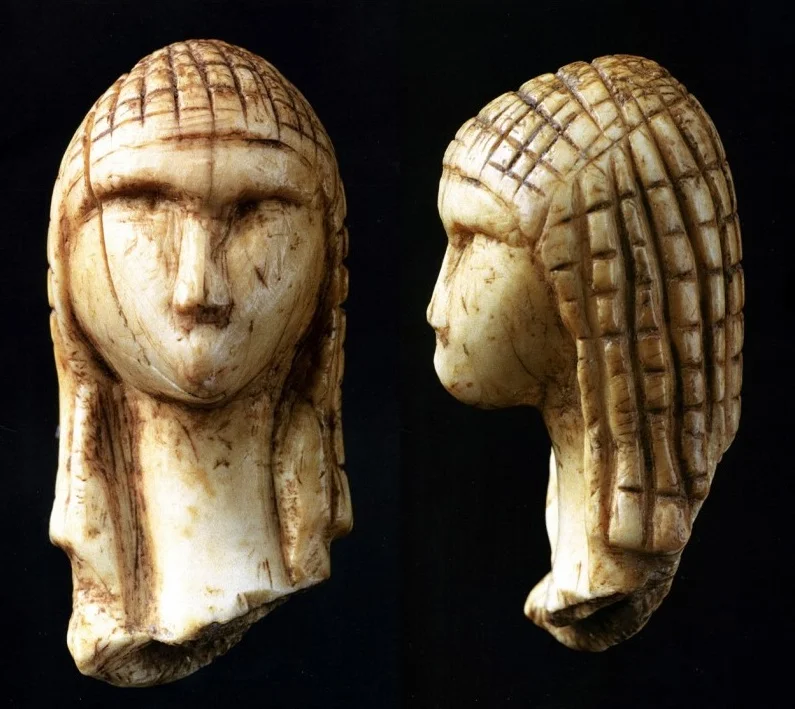Why We Need to Protect the Extinct Woolly Mammoth | A CITIES Conference Update
/THE VENUS OF BRASSEMPOUY (FRENCH: LA DAME DE BRASSEMPOUY, MEANING "LADY OF BRASSEMPOUY", OR DAME À LA CAPUCHE, "LADY WITH THE HOOD") IS A FRAGMENTARY IVORY FIGURINE. IT WAS DISCOVERED IN A CAVE AT BRASSEMPOUY, FRANCE IN 1892. ABOUT 25,000 YEARS OLD, IT IS ONE OF THE EARLIEST KNOWN REALISTIC REPRESENTATIONS OF A HUMAN FACE. THE VENUS OF BRASSEMPOUY WAS CARVED FROM MAMMOTH IVORY. VIA WIKIPEDIA FRANCE.
Why We Need to Protect the Extinct Woolly Mammoth | A CITIES Conference Update
By Zara Bending, Associate, Centre for Environmental Law, Macquarie University. First published on The Conversation.
An audacious world-first proposal to protect an extinct species was debated on the global stage last week.
The plan to regulate the trade of woolly mammoth ivory was proposed, but ultimately withdrawn from an international conference on the trade of endangered species.
Instead, delegates agreed to consider the question again in three years, after a study of the effect of the mammoth ivory trade on global ivory markets.
Why protect an extinct species?
The Convention on the International Trade in Endangered Species of Wild Fauna and Flora (CITES) is an international agreement regulating trade in endangered wildlife, signed by 183 countries. Every three years the signatories meet to discuss levels of protection for trade in various animals and their body parts.
The most audacious proposal at this year’s conference, which concluded yesterday in Geneva, was Israel’s suggestion to list the Woolly mammoth (Mammuthus primigenius) as a protected species.
Specifically, it aimed to list the woolly mammoth in accordance with the Convention’s “lookalike” provision. Once woolly mammoth ivory is carved into small pieces, it is indistinguishable from elephant ivory without a microscope. The proposal is designed to protect living elephants, by preventing “laundering” or mislabelling of illegal elephant ivory.
Had it passed, it would have been the first time an extinct species has been listed to save its modern-day cousins. Most populations of woolly mammoths went extinct after the last ice age, 10,000-40,000 years ago.




